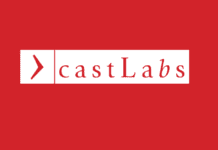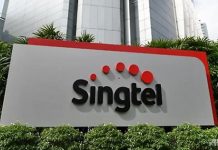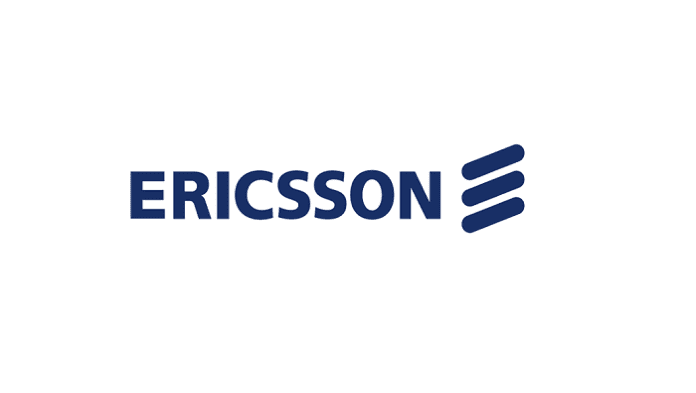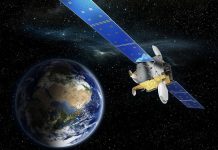Ericsson has completed the deployment of the first cellular NB-IoT clusters in the COSMOTE 4G network in eleven Greek cities and hotspots, to support emerging mMTC (massive Machine Type Communications) use cases.
Ericsson upgrades part of the COSMOTE LTE network with software that supports NB-IoT technology, enabling massive IoT use cases.
In addition, Ericsson and COSMOTE aim to develop use cases and build the local ecosystem. In collaboration with local partner Fuelics, and using Ericsson IoT Accelerator Platform, the companies designed, tested and introduced a novel NB-IoT use case using COSMOTE’s commercial network for asset management – fuel tank capacity monitoring – at the Democritus University of Thrace.
George Tsonis, OTE Group Executive Director of Network Planning & Development, says: “COSMOTE, fully recognizing the potential of massive IoT technology, is the first in Greece and one of the firsts in Europe, to trial NB-IoT and evolve its network. We’re poised to evolve beyond merely providing mobile broadband connectivity, to play a leading role in the rapidly developing IoT market and create through technology and innovation a better world for all.”
George Pappas, Head of Ericsson Greece, says: “NB-IoT will accelerate the development of the IoT market in Greece and open up vast opportunities for innovation and entrepreneurship in many industries, such as transport and healthcare, resulting in new services that will significantly improve quality of life.”
Built using 3GPP standards, NB-IoT enables a wide range of devices and services to be wirelessly connected using cellular telecommunications bands. This IoT technology is relatively cost-efficient and brings many other advantages, including low power consumption, extensive coverage, massive connectivity, and a high reliability of transmission. Leveraging on existing LTE footprint, COSMOTE can deploy a wide range of new IoT use cases and services in smart cities, logistics handling, utilities and more.





























